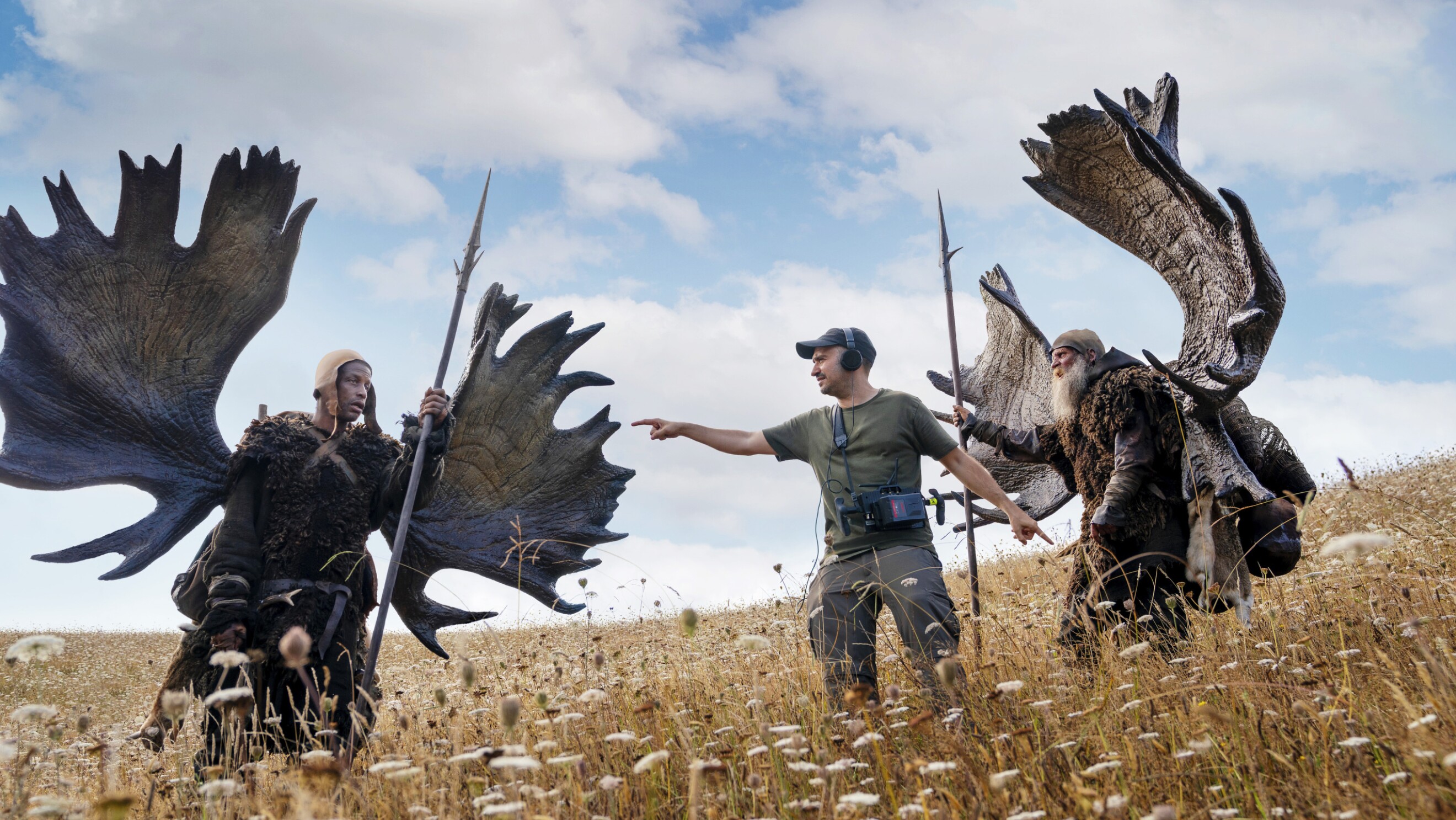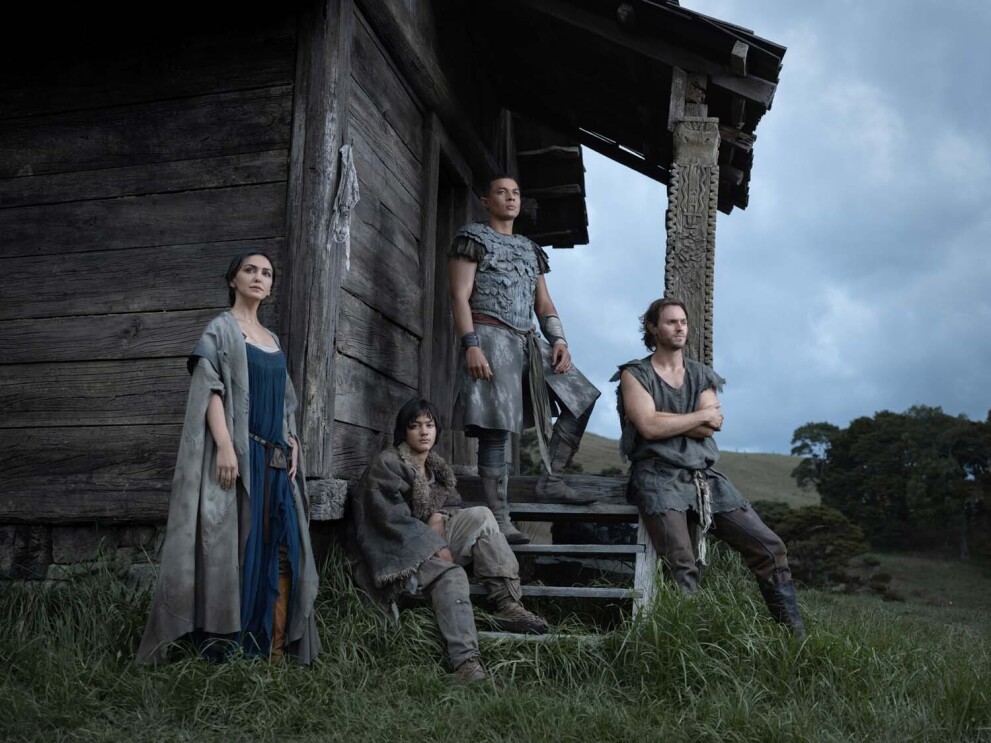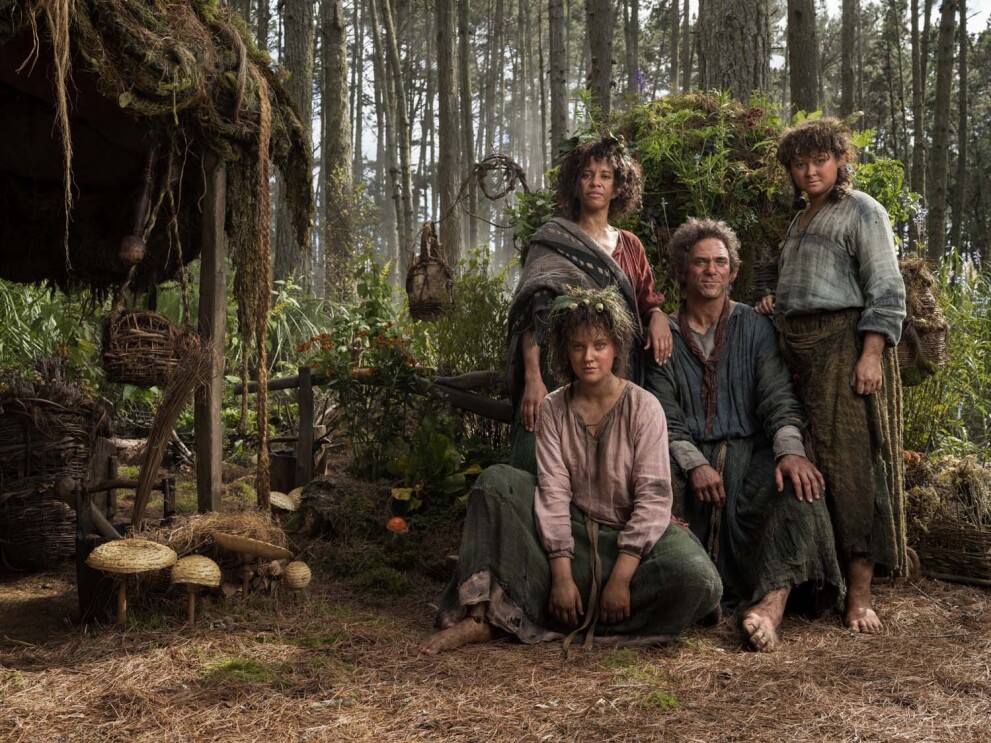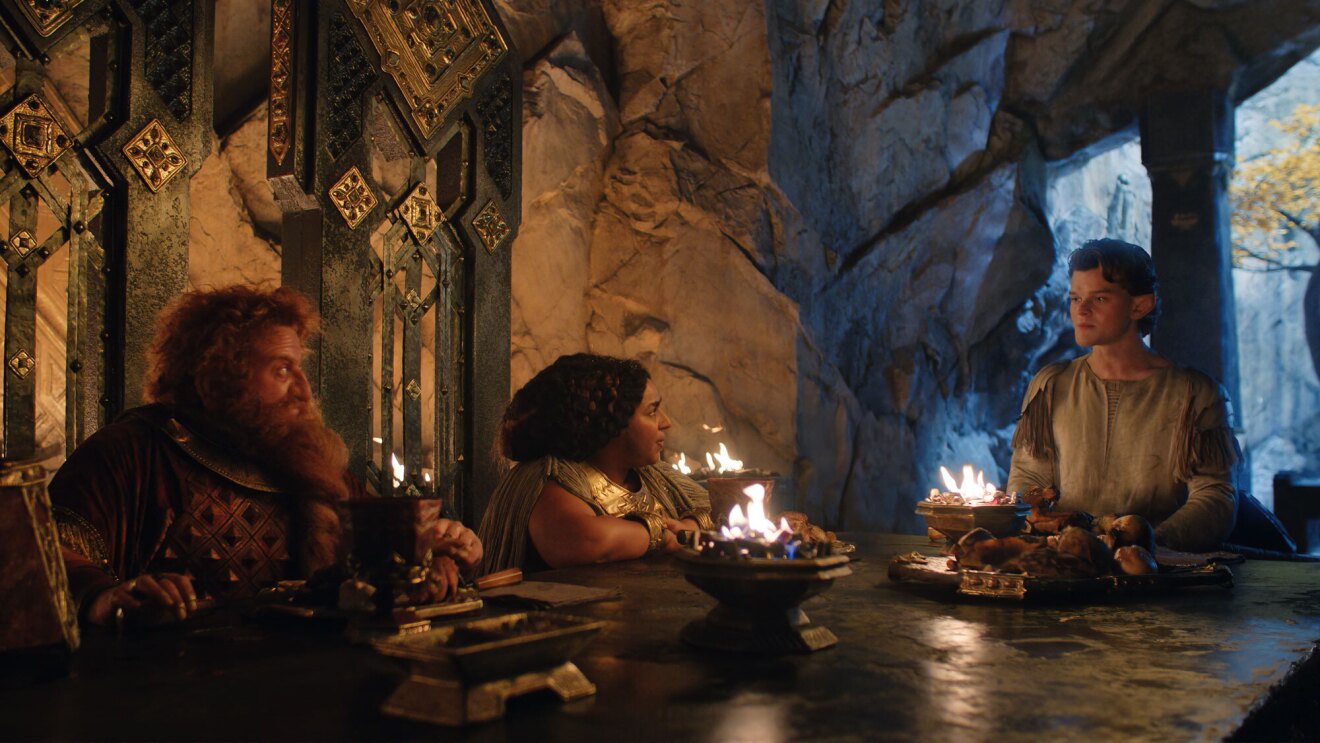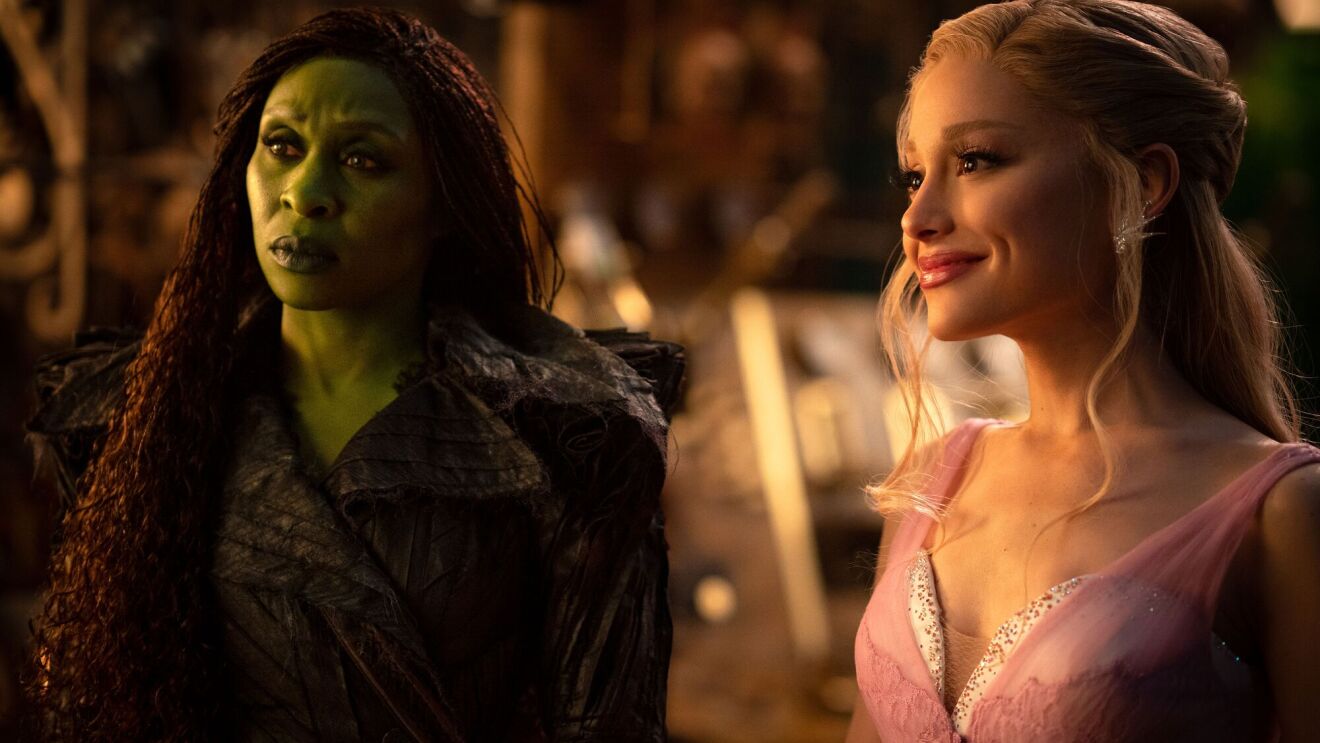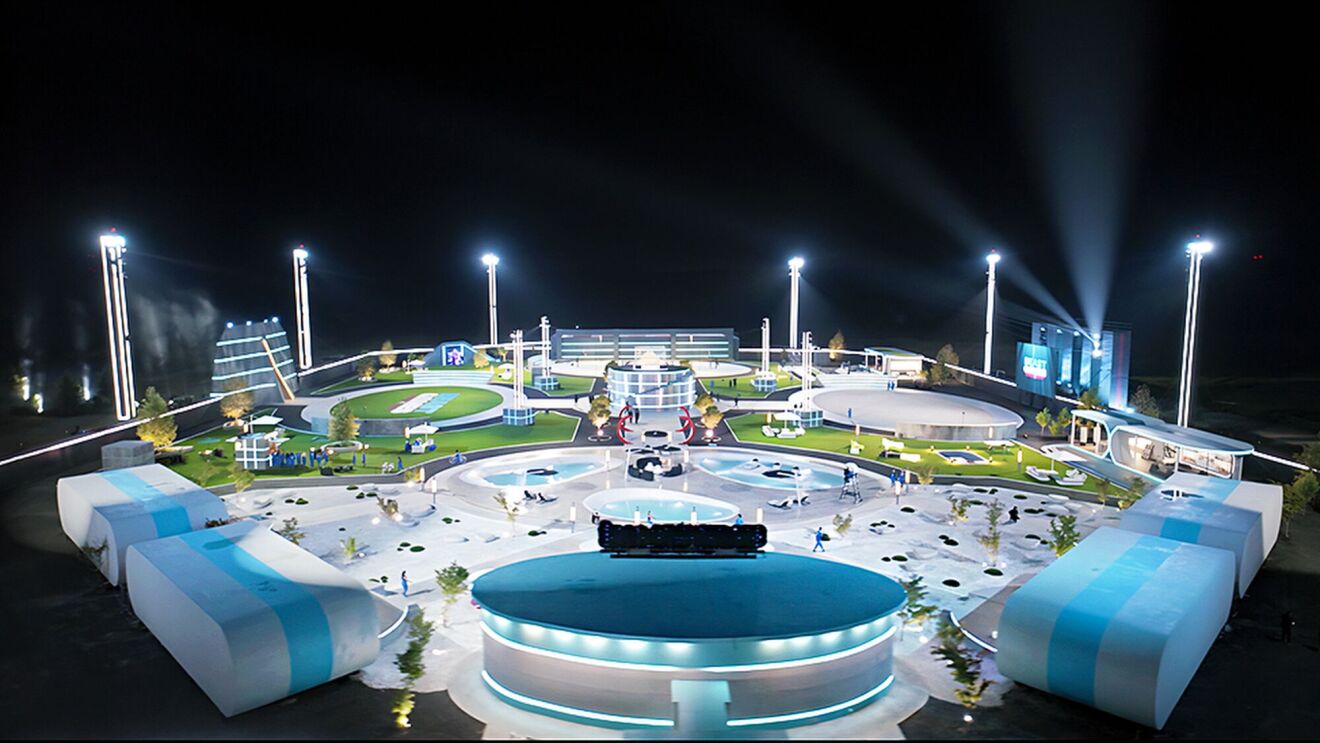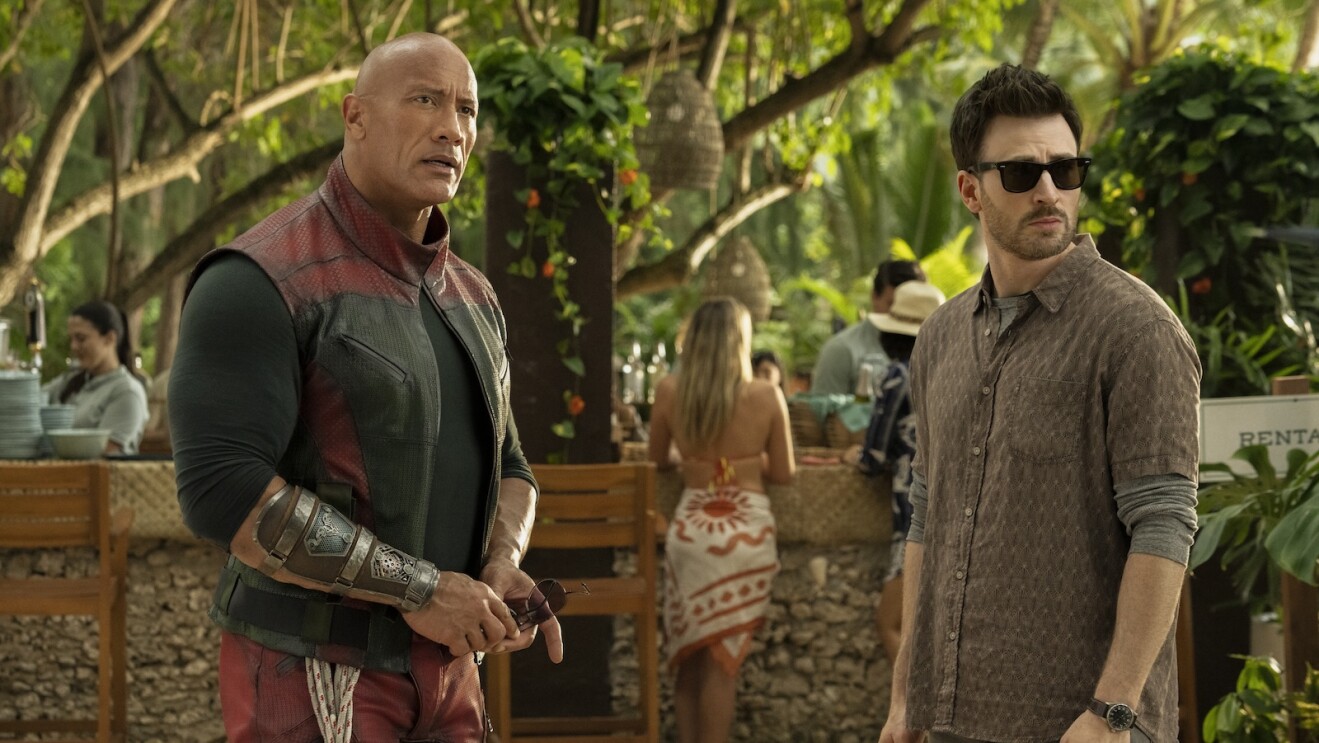The hit Amazon Original series The Lord of The Rings: The Rings of Power debuted on Prime Video in 2022, breaking streaming records across the platform globally and treating fans to the first visual representation of the Second Age, an era in the world of J.R.R. Tolkien that had yet to be brought to life on screen. Creating a world that many had read about—but none had seen—was an exciting challenge on many fronts. For the costumes, it meant creating an entire era of fashion for multiple unique cultures, using only subtle hints from one of the world’s most beloved authors as guide.
“It was like we were reading the back end of an amazing book, or listening to just moments from a great song, then trying to do it justice while filling in the gaps,” said Kate Hawley, the visionary behind Season One’s costuming. “I did know Tolkien had a strong natural theme, and I had some direction on colors he’d described, like soft grays and greens, but we had a lot of gaps to fill.”

As we await the arrival of Season Two, which is currently in production in the UK, we chatted with Hawley to get exclusive details on what went into creating a new world of costuming that set the stage for the entire series.
Here are 11 cool facts she shared about the more than 2,000 costumes her team created for the first season of The Lord of the Rings: The Rings of Power.

1. The team had to remake Galadriel’s shipwreck garment 70+ times
“We made about 70 versions of Galadriel’s undergarment that she wore on the boat. We had to do several tests in the pool, and the chlorine took all the color out of it, so we’d go back and create another version. We also did a few different versions with various lengths, to get the underwater visuals right. At the beginning, we’d done all kinds of hand embroidery and pearls on the garment, but we ended up scaling that back a bit to keep the revisions from getting out of control. You might not realize it, but this repeated work is common in action-heavy shows and films. We had to get clever, to make sure we stayed on top of the timeline for several characters.”
2. The costumes were designed to meet the characters at various stages in their development
“A big part of filling in the gaps meant understanding the individual characters and where their races were in their evolution. Then I worked backwards to determine what they might look like at the time. The Dwarves were in their golden age, the Harfoots were trying to find a home, and the Númenóreans were in a time where they were perceived as godlike beings. The Elves were not as perfect in this era as they are when we see them 6,000 years later, in the Third Age. I thought there was an opportunity to tell that story of time with garments that had a certain age to them.”

3. Historic paintings helped guide the look and feel of the Second Age
“I found myself using paintings for inspiration a lot, because Tolkien was very influenced by Pre-Raphaelite artists, especially Sir Edward Coley Burne-Jones and William Morris. I looked at some of the darker symbolist paintings as a reference, as well as the Nordic and Germanic mythologies, and the old English era with King Arthur and his Knights of the Round Table. The overarching theme was to return to the place of origin and creation—it's like a rapture. We kept treating each scene as a painting, to bring together elements like the costumes, hair and makeup, set design, and props.”

4. Each realm was mapped out in a ‘museum’ of physical storyboards in the production team’s workspace
“All of the realms have their own culture, but they’re united by the overall theme of the Second Age. The entire production team visualized the different realms and how they correspond with one another by having a huge, dedicated space that was sort of like a museum room to physically storyboard the world we were creating. There were multiple tables that had things like the color palette, the textures, artifacts, concept art, and props for each realm. The production team would have our meetings in that room, so we always had the overall picture in mind when we made important decisions. Space is always at a premium on a production set, but building this room was totally worth it, because everyone could go in and immediately see what we were trying to create.”
5. There were specialists making handmade armor, jewelry, shoes, and lace on set
“Our in-house team started small, then eventually grew as production progressed. We had artists who specialized in armor, jewelry, and custom lace, as well as a full shoe department. We even had a professional in weaving, who wove parts of the Harfoots’ costumes. Every culture brought in a new discipline. More elaborate costuming for some characters often required support from many of them at the same time.”

6. Elven cloaks were dyed to perfectly match the environment around them
“We chose a lot of the fabric for the costumes because of its movement—it’s one thing for it to look nice, and another for it to move beautifully on screen. We worked mostly with silks and linens that were easy to dye, and we had a full dye department dedicated to getting the colors just right. We colored the Elven cloaks to match perfectly with the environment around them in each scene, because Tolkien described them as sort of camouflage. We would find several different material options, then dye each of them, creating about six or seven versions until we got the design just right.
“We also used embroidery to accomplish this camouflage effect. For example, Galadriel’s emerald cloak was embroidered with gold-leaf stitching, to literally root her into the forest floor in a scene with hundreds of hand-painted golden leaves on the ground.”

7. It was a delicate balance to create armor that was not only beautiful, but functional, too
“We can’t just make beautiful things out of steel, even though I would have really loved to. This show requires real articulated armor, because the stunt work is so physical. For example, Arondir’s scenes are so physical that we needed to create armor that would allow Ismael Cruz Córdova to perform. Someone was always coming to me saying, ‘Kate, we have to be sensible in this bit,’ and I would be conflicted, creating a version that was practical but also beautiful.”

8. They had to shrink images of the Dwarves down, to make sure the costumes would appear as they wanted on screen
“For the Dwarves, we had to look at costumes in proportion as they developed, since their characters would appear smaller on screen. The wigs department played a huge part in that collaboration. We'd take photos of the costume and hair, and reduce the image down to see what the overall silhouette would do when we shrunk characters like Prince Durin IV and Princess Disa down in size. We had to keep playing this game of ‘mini me’ to look at each costume objectively against other characters and set elements.”
9. Film technology is so advanced, it sometimes picked up issues the naked eye (or ear) didn’t catch
“Sound technology is almost too good now, and it picks up everything. We did so many camera tests on the costumes to make sure things like the sound of flowing silk or the jangle of chains wouldn’t interfere with production. The digital cameras see everything now, too, so every paint mark shows up, or you notice something doesn’t fit quite like you want it to on camera. Sometimes, even the best-laid plans don't work when you start working with the technical elements, but working with the team to get it right is an interesting part of the collaboration and process.”
10. Showrunners J.D. Payne and Patrick McKay specifically requested Bronwyn’s red cape
“Bronwyn is the healer of her village, so the clothes and capes she wore were typically meant to match the atmosphere around her. When we were creating the battle sequence, J.D. Payne and Patrick McKay really wanted her to stand out, so they asked for a red cape. Healers were like the nurses on the battlefield, so this red cape helped pull her out. The decision was made on set and in the moment, and we were prepared to create the cape in time for the shoot. Sometimes requests from showrunners like this fit so perfectly, because they know where it's all going and what visual elements can help get it there.”

11. The costumes were a metaphor for the poetry of Tolkien’s writing
“The biggest thing I learned in this process was to trust the poetry of Tolkien’s work. That's what makes it so different from other fantasy franchises. For example, he describes heroes covered in the dust of diamonds, and it was exciting to try things like adding hundreds of rhinestones to the Elven armor to try to visualize those words. I really wanted to create movement and light that reflected his text as a metaphor through the costumes. Then the incredible visual effects followed, to create a new world.”
